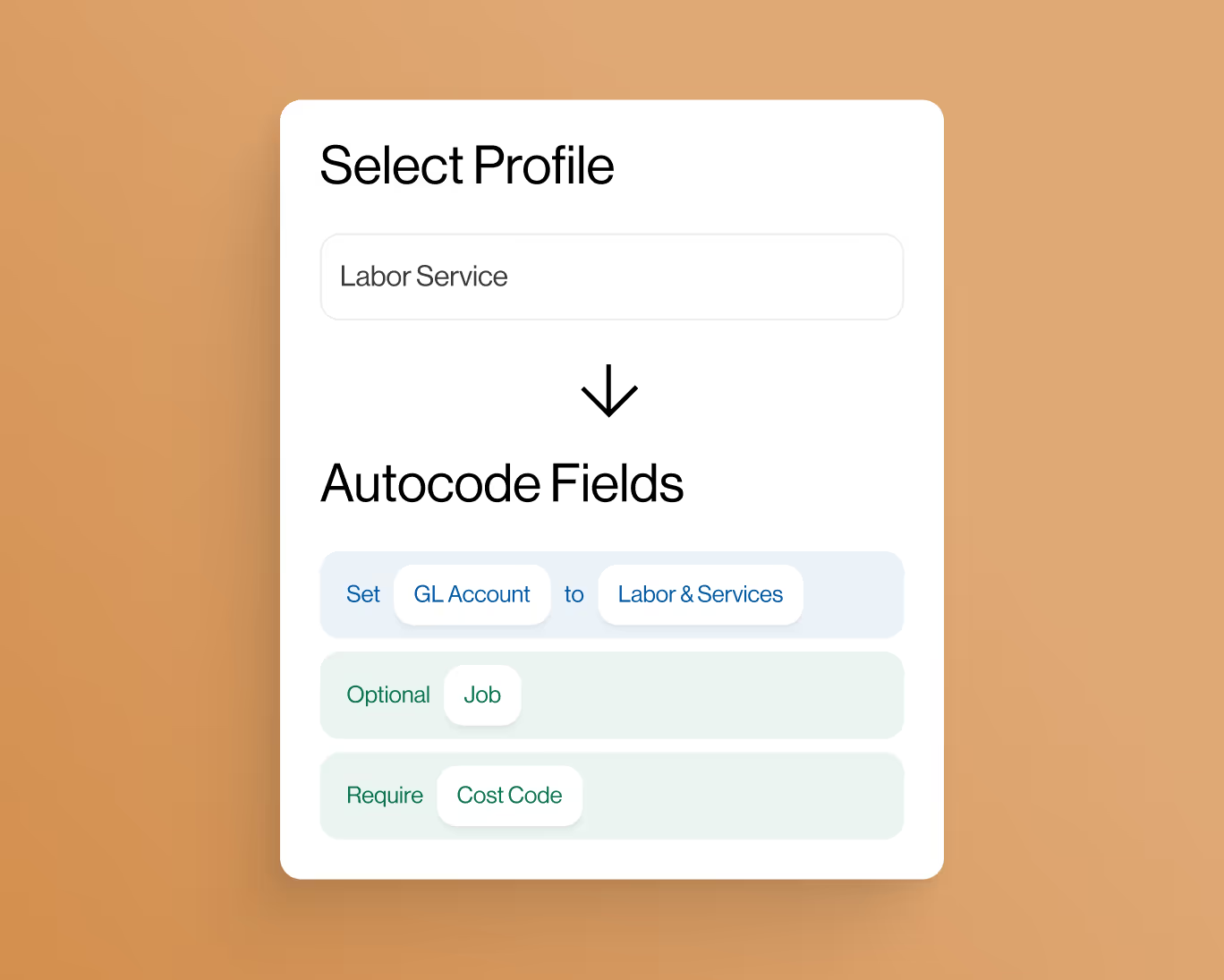Capitalization in Construction: Understanding Its Importance and Accounting Practices
In the construction industry, "Capitalization" is a crucial accounting concept that involves classifying certain expenditures as capital assets rather than immediate expenses. Capitalization is essential for construction companies as it impacts financial reporting, project costs, and profitability assessments. By capitalizing certain costs, construction firms can spread the expense over the useful life of the asset, providing a more accurate representation of their financial position and performance. Understanding the importance of capitalization and adhering to proper accounting practices is vital for construction companies looking to manage costs effectively and make informed financial decisions. In this blog post, we will explore the importance of capitalization in construction and discuss key accounting practices related to capitalizing costs.
Importance of Capitalization in Construction
Capitalization holds significant importance in the construction industry for the following reasons:
1. Accurate Financial Reporting
Proper capitalization ensures that construction companies report their financial statements accurately, reflecting the appropriate allocation of costs over the asset's useful life.
2. Project Cost Management
Capitalizing certain costs helps construction firms manage project costs more effectively by spreading expenses over the project's duration.
3. Profitability Assessment
Accurate capitalization practices enable construction companies to assess project profitability accurately and make data-driven decisions.
4. Compliance with Accounting Standards
Adhering to accounting standards and guidelines for capitalization ensures that construction firms maintain transparency and consistency in their financial reporting.
Key Accounting Practices for Capitalization in Construction
Proper accounting practices related to capitalization in construction include the following:
1. Identifying Capitalizable Costs
Identify costs that can be capitalized, such as direct materials, labor, and certain indirect costs directly attributable to asset construction.
2. Determining Asset Useful Life
Estimate the useful life of the asset to determine the appropriate period over which to capitalize the costs.
3. Allocating Costs to Projects
Allocate capitalized costs to specific projects or assets to accurately track project costs and performance.
4. Capitalization Threshold
Establish a capitalization threshold, below which costs are considered immediate expenses rather than capitalized assets.
5. Periodic Review and Assessment
Periodically review and assess capitalized assets to ensure their continued use and relevance to the construction business.
6. Compliance with GAAP
Follow Generally Accepted Accounting Principles (GAAP) and other relevant accounting standards when capitalizing costs.
Conclusion
Capitalization is a critical aspect of accounting in the construction industry, impacting financial reporting, project costs, and profitability assessments. By accurately capitalizing certain costs and adhering to proper accounting practices, construction companies can present a more transparent and accurate financial picture. Proper capitalization enables construction firms to make informed financial decisions, manage project costs effectively, and assess project profitability accurately. By identifying capitalizable costs, determining asset useful life, and maintaining compliance with accounting standards, construction companies can optimize their financial management and maintain a competitive edge in the dynamic construction market.










